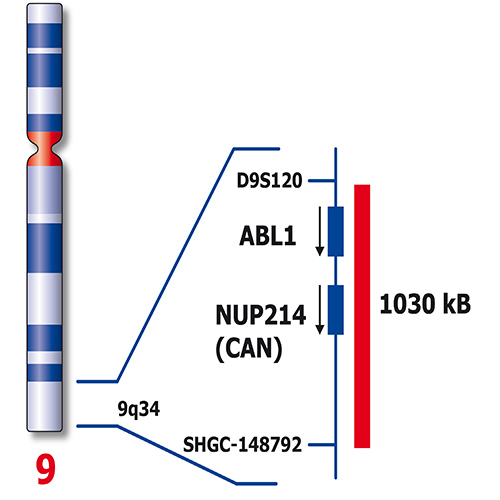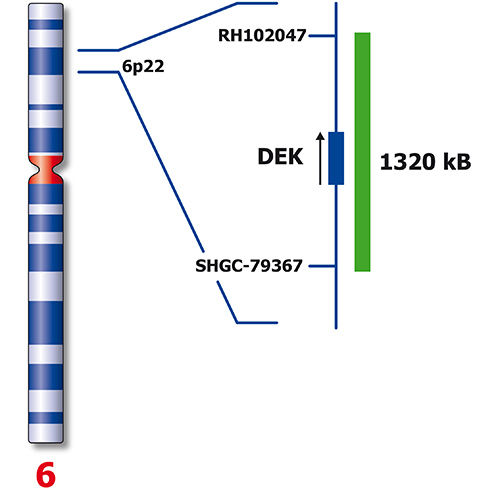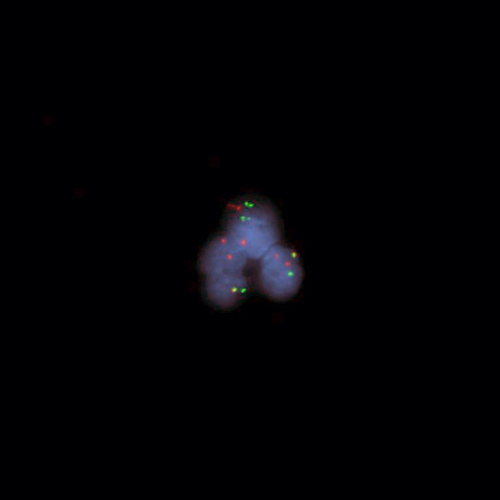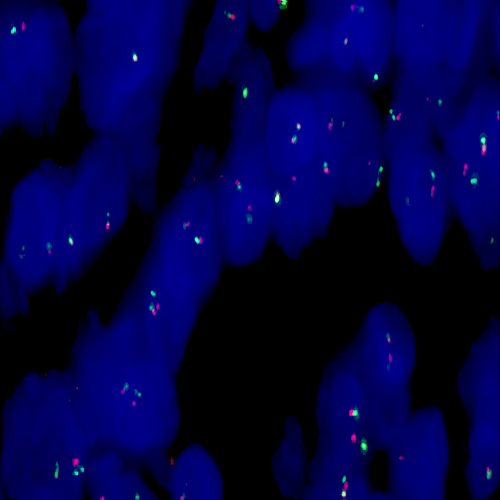Advancing Cancer Diagnostics, Improving Lives
-
Selecione o seu país / região
A sua localização não corresponde ao endereço (URL), quer alterá-lo?Cada país / região pode ter seu próprio conjunto de requisitos regulamentares e práticas médicas. As informações encontradas na versão de cada país de nosso website são específicas e aplicáveis apenas a esse país / região. Isso inclui (mas não está limitado a) todos os detalhes / disponibilidade, documentação, preços e promoções do produto.
Sim ou Não - Carreiras



